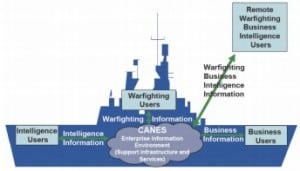
The Department of Defense’s annual report from the Director of Operational Test and Evaluation (DOT&E) identified 400 cybersecurity vulnerabilities across 33 systems. “All of the problem discoveries could have and should have been identified prior to operational testing,” Director Michael Gilmore wrote in the fiscal year 2013 report. Approximately 90 percent of the vulnerabilities could have been discovered during developmental testing before the systems were put into operational testing. Problems identified this late are classified as Case 1, which suggests…













